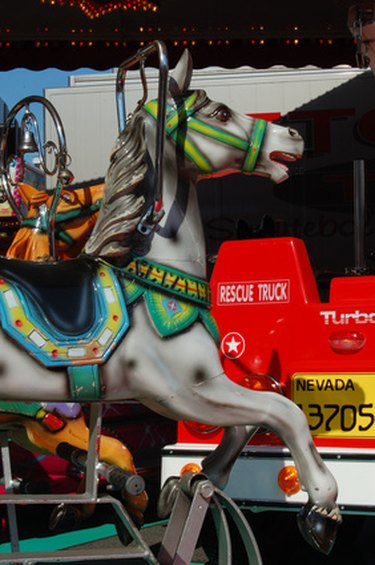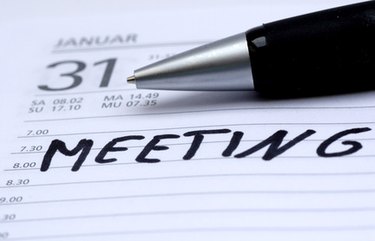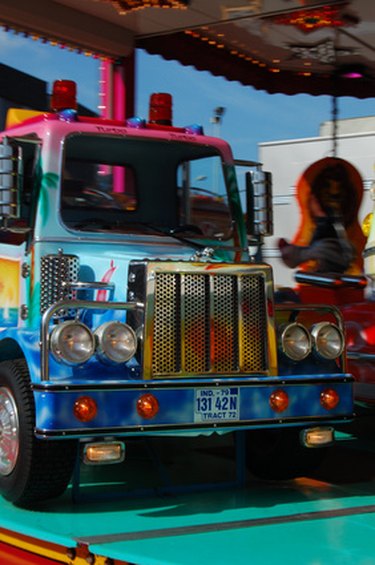Things You'll Need
Ideal audience
Ideal venue
List of potential performers
Materials (banners, flyers, office supplies)
Advertising options
Decor options
Employees/volunteers
Budget

A county fair is a wonderful way to bring the community together and highlight peoples' craft and agricultural skills. You can include games for children and contests for adults as well. However, planning a county fair is a large undertaking. To begin the planning process, you need to consider your audience and the resources and locations available to support the fair. This will allow you to decide where and when to hold the fair as well as determine the fair's ideal audience. It is quite reasonable to create at least a one-year time line when you decide to organize a county fair.
Step 1

Start planning the fair with a visioning session and a budget. Coordinate interested community members to brainstorm about what the fair could include. Is it a fair that involves a lot of rides? Will it involve entertainers? Will it involve pie-baking or agricultural contests? Will there be crafts and activities for the kids? Will important local figures be invited? There's much to consider so begin by writing down all of the ideas onto a piece of paper. This is stage one. You will edit the list later. To get inspired, look at successful fairs on the County Fairgrounds website. It is important to start with the costs and income opportunities. Make your list and attach actual numbers to each line item when you do your research.
Video of the Day
Step 2

Now get serious about the resources available for the fair. Think about the who, whats, whens, where, why and hows of the fair. Then determine what staff and/or volunteers are needed. Who is available to organize the fair and who might attend the fair? What resources are easy to access that will draw an audience to the fair? Consider resources that are easy to access, such as local music groups, face painters or craftspeople. Also think about features you want to include that might be harder or more expensive to access, such as traveling rides. Do these fit into your budget? When should the fair be held? If there are other community events or national events that could conflict with the date of the fair, avoid those days. Location is also extremely important as are amenities such as restrooms, plenty of room to park and room for exhibitors as well as items including tables and chairs. Are they available or will you have to rent them? Where to have your fair will depend largely on your budget as well as the availability of a large, local facility or space that is centrally located. Of course, weather is also a huge consideration. Regarding your budget, consider whether you will charge your exhibitors. Will food vendors pay you to appear or pay you a portion of their proceeds? What about the admission charge or a fee for parking? Will there be a fair program featuring advertising? If so, consider whether merchants would like to buy an advertisement, which will produce extra income. Think about in-kind contributions as well. Large events draw people into a community who might not otherwise visit, which means extra income flowing into the entire area. Applying for a grant, fundraising in general or selling sponsorships are important considerations that will greatly affect your bottom line.
Step 3

Make a plan to determine the next steps for organizing the fair and divide your group into sub-groups. Some people will need to call potential venues while others will need to call potential presenters. Others will need to look into advertising deadlines and costs. Consider individual strengths and organize accordingly. Plan to get together in two to four weeks to collate your information. By paying attention to detail, you may very well create an annual event that will become a time-honored local tradition.
Video of the Day